One question that many experts are asking is, “Can exercise treat depression?”
You probably already know how common depression is, but what you might not know is the shockingly large number of people who suffer from it.
Around the world, 280 million people deal with depression. In the U.S. alone, 21 million people have at least one major depressive episode each year. [1]
This is a mental health crisis that needs to be addressed as untreated depression can have far-reaching consequences.
Unfortunately, an overreliance on potentially harmful medications has become all too common.
As a result, the search for safer, more effective alternatives has led to the exploration of exercise as a promising treatment for depression.
Understanding Depression
Depression is a complex mental health disorder, to say the least.
It is characterized by persistent feelings of sadness, hopelessness, and a lack of interest or pleasure in daily activities.
Its impact on daily life is significant, often leading to impaired social and occupational functioning, strained relationships, and a diminished quality of life.
In some cases, untreated depression can result in severe consequences, including an increased risk of developing chronic health conditions or engaging in substance abuse.
Traditional Treatments for Depression
Traditional treatments for depression primarily consist of pharmacological interventions, such as antidepressant medications, and various forms of psychotherapy.
Although these conventional treatments have proven effective for many, they are not without drawbacks.
Medications can lead to side effects or dependency, while access to therapy may be limited by cost, availability, or stigma.
Feeling there must be a better option, many experts and sufferers of depression have turned to a more accessible, safe, and natural form of treatment: physical exercise.
Exercise and Depression: How it Improves Mental Health
Sure, there are plenty of benefits of exercise that are associated with your body; from weight loss to lean muscle development.
But did you know that physical exercise is also great for your brain and mood?
Regular physical activity has been linked to improved cognitive function, enhanced self-esteem, and a reduced risk of developing anxiety and depression.
Release of Endorphins
Have you ever heard of endorphins? More commonly referred to as the body’s natural “feel-good” chemicals, endorphins help alleviate pain and promote a sense of euphoria.
Exercise plays a crucial role in combating depression, primarily by promoting the release of endorphins.
These endorphins help alleviate feelings of sadness and anxiety, improving overall emotional well-being. [2]
Increases Mood-Boosting Neurotransmitters
Exercise also increases the production of serotonin and dopamine, neurotransmitters that play crucial roles in regulating mood, motivation, and reward.
Acting as a natural stress reliever, exercise offers an opportunity for individuals to shift their focus away from negative thoughts and emotions. [2][3]
Increase in Self Esteem
Engaging in physical activity can provide a sense of accomplishment and mastery, bolstering self-confidence and resilience in the face of adversity.
Moreover, exercise often serves as a mood enhancer, with many people experiencing an immediate lift in their spirits following a workout.
One study concluded that physical exercise was more effective than some medications! [2][3]
Types of Exercise for Depression
Exercise doesn’t mean you have to step into a crowded weight room! You have plenty of options. Choose the one (or few) that you enjoy doing the most.
After all, the workout you’re doing is more effective than the one you aren’t doing. Here are some ideas to get you started:
Aerobic Exercise
Aerobic exercises, also known as cardiovascular exercises, are activities that increase your heart rate and breathing rate over a sustained period. These exercises help improve your cardiovascular endurance and overall fitness.
- Brisk walking or jogging
- Running
- Swimming
- Cycling or biking (outdoors or stationary)
- Dancing (Zumba, salsa, aerobic dance classes)
- Jumping rope
- Rowing
- Stair climbing or using a stair-stepper machine
- Cross-country skiing
- Elliptical training
Resistance Training
Resistance training, also known as strength training, involves exercises that challenge your muscles by working against a force, typically in the form of your own body weight, resistance bands, or weights.
Here are some examples of resistance training exercises:
- Free Weights (e.g., Dumbbells, Barbells, Kettlebells)
- Resistance Bands
- Bodyweight Exercises
- Weight Machines
- Functional Training
Mindfulness-Based Exercise
Mindfulness-based exercises are activities that encourage you to focus on the present moment, cultivate self-awareness, and develop a non-judgmental attitude toward your thoughts and feelings.
- Yoga
- Tai Chi
- Mindfulness Meditation
- Wim Hof Breathing
- Walking Meditation
How Long Should You Exercise For?
The duration and frequency of exercise required for optimal benefits can vary depending on the individual; however, the CDC recommends the following:
- 150 minutes per week of moderate-intensity exercise, or
- 75 minutes per week of high-intensity exercise, or
- A combination of both
This can easily be broken down into five days of 30 minutes each day of moderate-intensity exercise or three days of 25 minutes of high-intensity exercise.
For optimal benefits, the CDC recommends double these numbers: 300 minutes per week of moderate-intensity exercise, 150 minutes per week of high-intensity exercise, or a combination of both. [4]
Exercise and Depression: Get Active to Fight Back
The research on exercise as a treatment for depression presents promising findings for those seeking alternative or complementary approaches to managing their mental health.
With its numerous benefits, ranging from the release of mood-enhancing neurochemicals to stress relief and improved self-esteem, exercise has the potential to play a pivotal role in alleviating depressive symptoms.
Are you ready to commit to an exercise program, but you’re not sure where to start? We can help you!
Let our team of experts guide and support you on your journey toward a healthier, happier life.
Sign up for your free consultation today!
Don’t wait – take the first step to unlock the benefits of exercise for your mental health!
References
- “Depression.” World Health Organization, World Health Organization, https://www.who.int/news-room/fact-sheets/detail/depression.
- Elbe, Anne-Marie & Lyhne, Stine & Madsen, Esben & Krustrup, Peter. (2018). Is regular physical activity a key to mental health? Commentary on “Association between physical exercise and mental health in 1.2 million individuals in the USA between 2011 and 2015: A cross-sectional study”, by Chekroud et al., published in Lancet Psychiatry. Journal of Sport and Health Science. 8. 10.1016/j.jshs.2018.11.005.
- Ben Singh, Timothy Olds, Rachel Curtis, Dorothea Dumuid, Rosa Virgara, Amanda Watson, Kimberley Szeto, Edward O’Connor, Ty Ferguson, Emily Eglitis, Aaron Miatke, Catherine EM Simpson, Carol Maher. Effectiveness of physical activity interventions for improving depression, anxiety, and distress: an overview of systematic reviews. British Journal of Sports Medicine, 2023; bjsports-2022-106195 DOI: 10.1136/bjsports-2022-106195
- “How Much Physical Activity Do Adults Need?” Centers for Disease Control and Prevention, Centers for Disease Control and Prevention, 2 June 2022.








